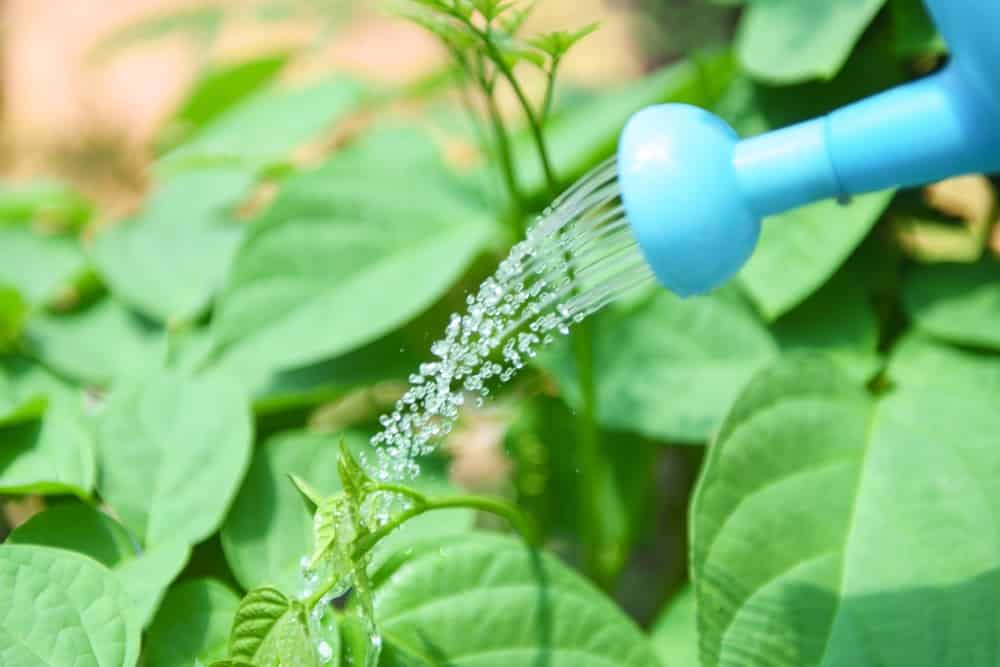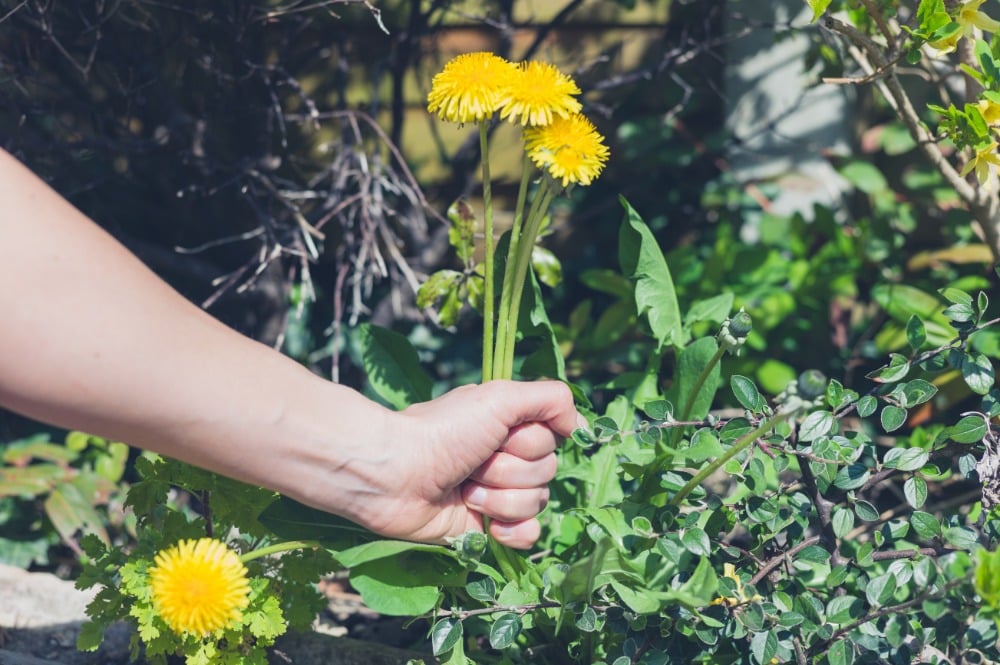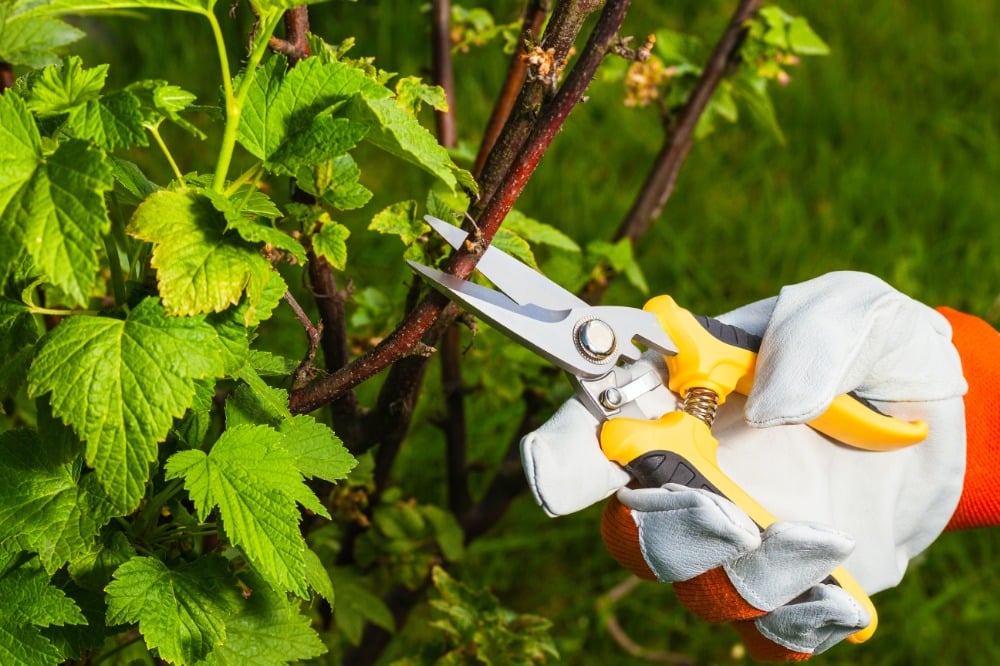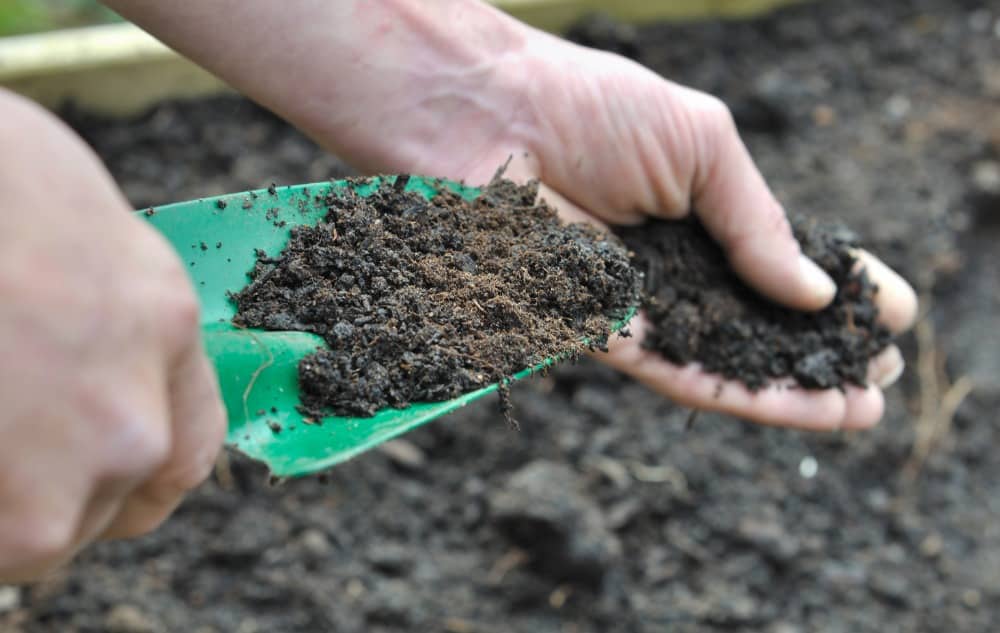Generally speaking, native gardens are pretty easy to take care of and require minimal maintenance. Because they are low maintenance and provide a magnificent focal point, many homeowners opt for native gardens. Since they are so easy to maintain and care for, they are ideal for beginners to novices and everyone in between. Native plants are also ideal for the elderly as they require minimal maintenance and care. They make a lovely addition to any yard or flower bed and can add to curb appeal. Here are some easy-to-follow tips and guidelines from the experts at Down to Earth Services on how to tend your garden and keep it looking lovely all year long.
Top Maintenance Tips
Start Small
Everyone dreams of that lovely garden that they see on the cover of a magazine. It is important to remember that these gardens didn’t start this way. Most of them took years to obtain what you see in the magazine pictures. So, before starting, consider what the ultimate goal is and how to achieve that goal. The most luxurious outside oasis won’t happen overnight. However, with patience, planning, and due diligence, it is entirely possible to have that magazine picture-worthy garden.
Choose plants that will return year after year for the best results. Additionally, it is wise to select plants for your Missouri native garden specific to your region. The region you are in will dictate which plants will flourish. Questions you may consider for your area are how much rain do you get? Is the soil sandy or rocky? Are there a lot of birds or butterflies in the area? By determining the little details, you can design a beautiful garden that gets more beautiful year after year.
Start with a few plants and gradually add in more plants as required to fill in the area. Most plants will slowly fill in space, establishing a beautiful native garden at an affordable price.
Watering Your Native Garden
Most gardens of this nature require minimal water once the plants are well established. The majority of the native plants only require watering weekly or as the soil dries out. Avoid plants that require excessive amounts of water unless there is ample water available.
Focus on specific designs, styles, and colors to create a lovely native look without overdoing it. As a result, native gardens look like they’ve always been there and require minimal work and effort once they’re well established.

Weeding
In the first several months, your native garden will require more weeding. Weeding your garden allows the plants to spread out and grow and help to choke out the weeds in the future. As labor-intensive as this sounds, the process is quick and easy if you weed as you go.
Keep in mind that some weeds are decorative, and many gardeners choose to embrace them as part of the landscaping. But, on the other hand, some weeds can choke out the beautiful native plants you are using as the main focal points of the garden. So, it’s best to make sure you do your research and contact Down to Earth Services for more advice and tips. Also, keep in mind that one person’s weeds may be ornamental plants for another person.

Pruning and Trimming
You can readily train many plants to grow upwards or onto fences, trellises, or other structures. Climbing plants can lend a lovely appearance to any garden. By proper pruning, trimming, and training, many plants can be “taught” to grow where they will add to the garden’s look.
Focus on a good mix of native plants. For example, you can use tall grasses and flowers native to the region for the fill-in areas. Instead of filling everything in at once, allow the garden to grow and take over the place naturally over several years.
Don’t be afraid to dig up some of the flowers and relocate them to another area to help fill in an open space. Consider the garden’s overall appearance as well as your goal. Then, train and prune the plants to meet those goals.

Composting, Feeding, And Mulching
By utilizing compost and mulching, many plants won’t require feeding. If desired or if feeding is needed, use a gentle fertilizer that is all-natural to encourage more growth from the native plants. Keep in mind that many fertilizers for native plants are used at half strength and won’t have full strength to help the plants grow. Native plants prefer a blood or bone meal-type fertilizer and good old-fashioned manure that has been allowed to sit and “ripen” for a few years.
Don’t forget to use a mulch to help the plants retain their moisture and nutrients. A wide variety of mulches can be used or consider utilizing what is already on hand. Wood chips or rocks are known to encourage plants to retain their moisture and nutrients.

Protection Against Insects and Fungus
There are a variety of ways to protect native plants against insects and fungus. Consider all-natural ways such as broken eggshells to help repel slugs and snails from tender young plants. They won’t want to crawl over the broken shells to access tender young plants as the shells will cut them to bits. Mild dish soap solutions may also help to repel bugs and some funguses as well. Most native plants are adapted to the region and will require minimal protection against fungus or insects.

Final Thoughts on Maintaining a Missouri Native Garden
Native gardens are a delightful way to enjoy a garden. By focusing on local, regional plantings, it’s easy to accomplish the goal of a lovely native garden look. Patience, plenty of water, and weeding during the first year will do wonders to help the garden flourish year after year. Down to Earth Services recommends all-natural remedies for plants that are prone to other types of fungus. Fungicides that are natural and mild will help retain the all-natural look of your native garden. For more tips, advice, and native plant services, contact Down to Earth Services today! We are your native plant specialists in Kansas City and the surrounding areas.

